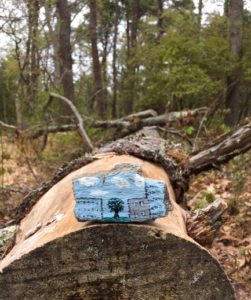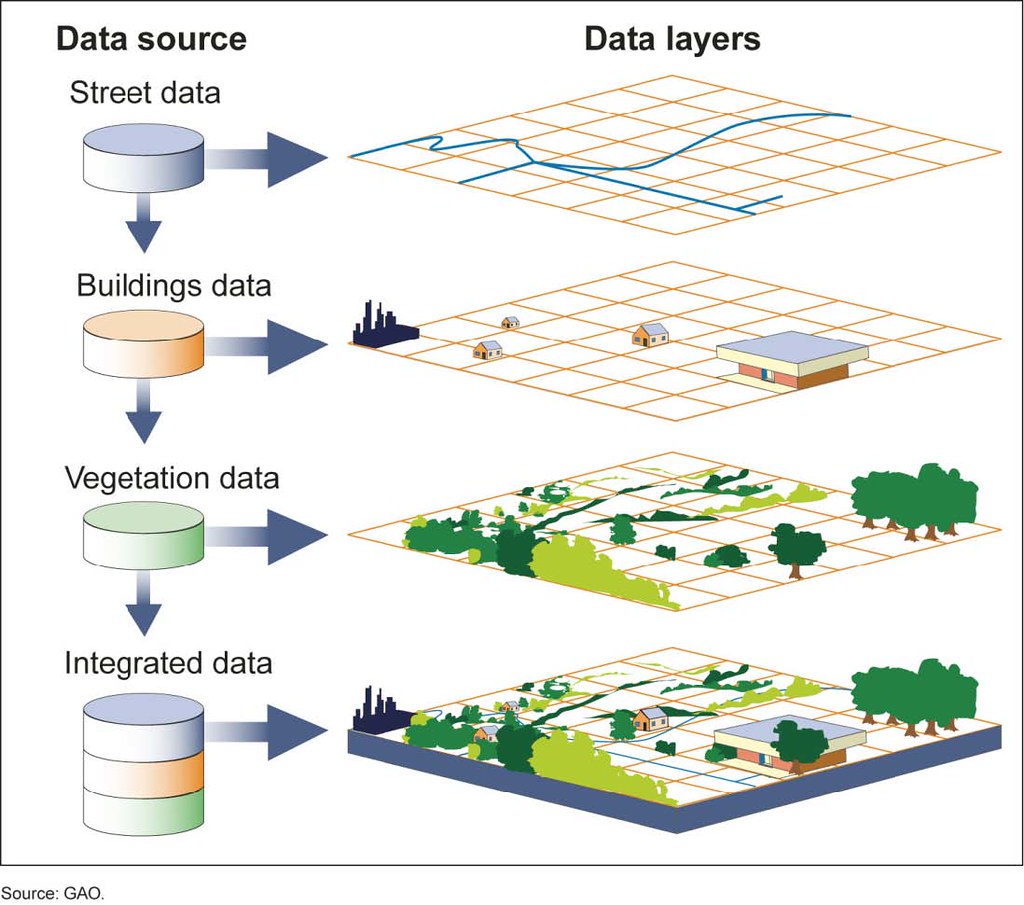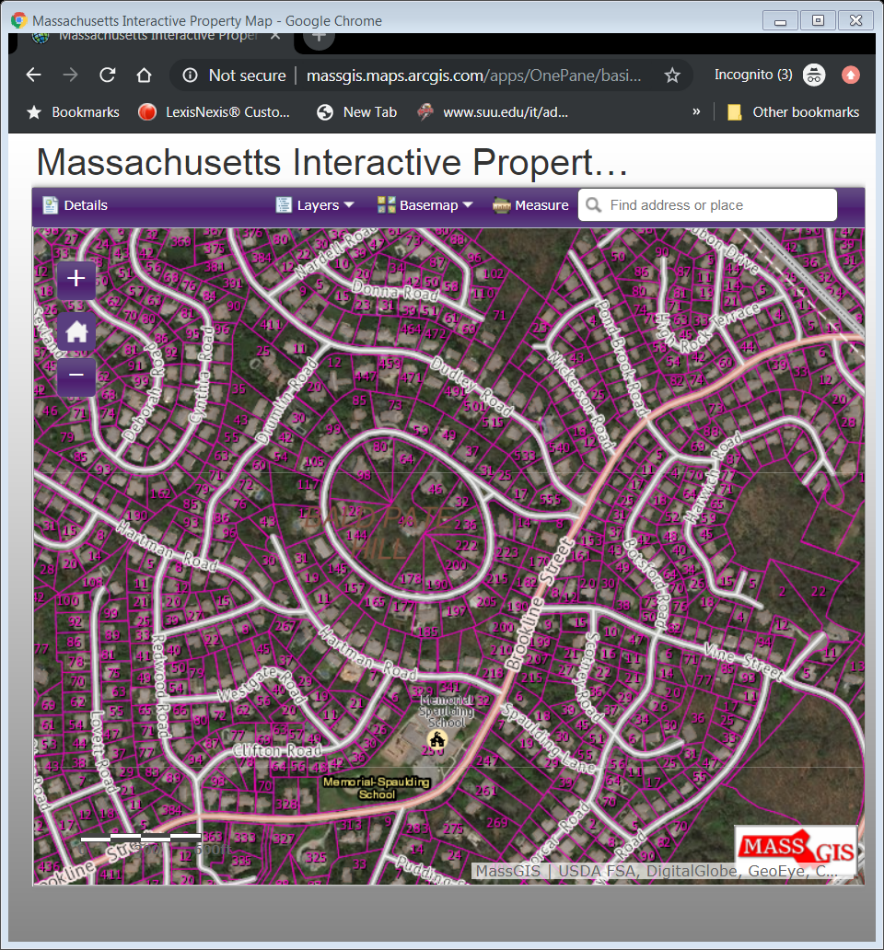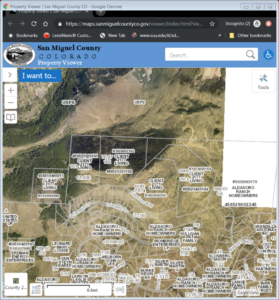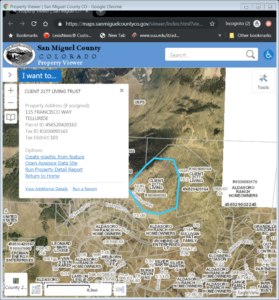by: Melissa Bank Stepno, President & CEO

Real Estate is often the easiest asset for us, as prospect researchers, to identify. After all, more people in the United States own a home than have any other type of clearly identifiable (and quantifiable) asset. However, using real estate as an asset to estimate household wealth or capacity is not as simple as it seems.
The list of reasons is long and varied. For example:
- When was the property purchased?
- How are you determining the “value” of the property, and which “value” are you using?
- Is there an outstanding mortgage? If so, how much and what type of mortgage is it?
- Where is the property located geographically?
- Does the property have any special features such as a boat dock, ski-in-ski-out, sits on a private golf course, etc.?
- How many properties does the prospect own? If there are multiple properties, are they personal/private residences, investment properties, rental properties, etc.?
- Is the property owned solely by the individual or spouse/partner pair, or are their other listed owners, or is the property held in trust?
- Generationally, how old is your prospect?
- What else can you learn about the prospect that is not related to real estate holdings but may inform your interpretation of those properties?
- And, if there are no identifiable real estate holdings, what else can you learn about their place of residence? Is it in a ‘high rent’ or exclusive building? Do they appear to be living with relatives? Are there any other pertinent details?
Each one of these questions could produce its own blog post. For the purposes of today, we will focus on just two – when was the property purchased and generationally, how old is your prospect.
Now, it might seem obvious that someone in Gen Y could not have purchased a home in 1991 – they might not have even been born yet! However, the situation could be significantly more subtle than that.
I fully admit that this is not a common scenario but I do know of at least one Gen Yer who did inherit his grandparents’ home via their family trust. At first, he wasn’t very much interested in owning a home where it happened to be located. But then he realized the financial implication of it and understood that it would set him up for a very different financial future than he had anticipated. He decided that relocation wouldn’t be so bad after all.
In another scenario, this time a younger Gen X couple where the female partner was gifted a condo in a large city upon college graduation from her wealthy parents and the male partner inherited his grandmother’s rural estate in another region of the country. As the couple started to grow their family, they sold both properties and used some of the proceeds to purchase an incredible family home in the suburbs.
While a rarity, in both of these instances, while still in their 20s, these two households owned their homes outright without any personal financial outlay and no mortgage! Think about how much further their household dollars would go than their peers, whose largest monthly expense is likely their rent or mortgage.
Now of course, there is the age old (no pun intended) question in both cases is whether additional financial stability and a significant amount of discretionary income will translate into charitable dollars, but that is not the purpose of this blog post.
I also realize that both of these examples are outliers.
So instead, let’s look at home affordability over time for those in a more normal, or traditional, circumstance.
Colloquially, we probably all know that home prices have been on the rise in recent years. In fact, the Federal Housing Finance Agency report for Q2 2024 stated that nationally, home prices have appreciated in value every year since 2012. Quantitatively, home prices have risen 319% since 1991 and 58% just in the most recent 5-years.
This may sound great for homeowners! And, some might say that it helps to create wealth in the country. However, everyone needs a place to live so we must add one additional layer to provide context. That layer is home affordability.
To put it simply, the rate that household income is increasing over time is not keeping pace with the rise in home prices.
To be more specific, in that same time period since 1991 where home prices have risen a median of 319%, Median Household Income has only risen 167.5%. So to use rough math, home prices have increased twice as much as household income.
The same is true over the most recent 5-year period when comparing the 58% increase in home prices to the 27.5% increase in household income.
Historically, home prices are rising roughly 2x faster than income.
Yes, for some, the rise in home prices might be creating wealth. But, more commonly, the rise in home prices is creating an affordability challenge.
From a housing affordability perspective, a common metric is that a household should not spend more than 30% of their income on housing costs. Typically, this doesn’t just include mortgage (or rent) but also includes things like property taxes and utilities.
A 2023 study reported that nearly 1 in 4 homeowners are “house poor,” meaning they are spending more than this 30% benchmark on housing costs.
Unfortunately, while impacting every generation, this phenomenon typically impacts younger generations more heavily than older generations, such as the Baby Boomers. It’s also one of the many socio-economic reasons why the rate of homeownership is lower in younger generations.
So, what’s a researcher to do?
Most simply stated: we must look beyond a simple real estate “value” to determine capacity. Refer to the top of this blog post to see the checklist of questions I propose you ask yourself. And, stay tuned to the Intelligent Edge as I plan to dig into some of these in future blog posts!
***
Image Credit: “Houses on dollar bills” by Images_of_Money is licensed under CC BY 2.0.




